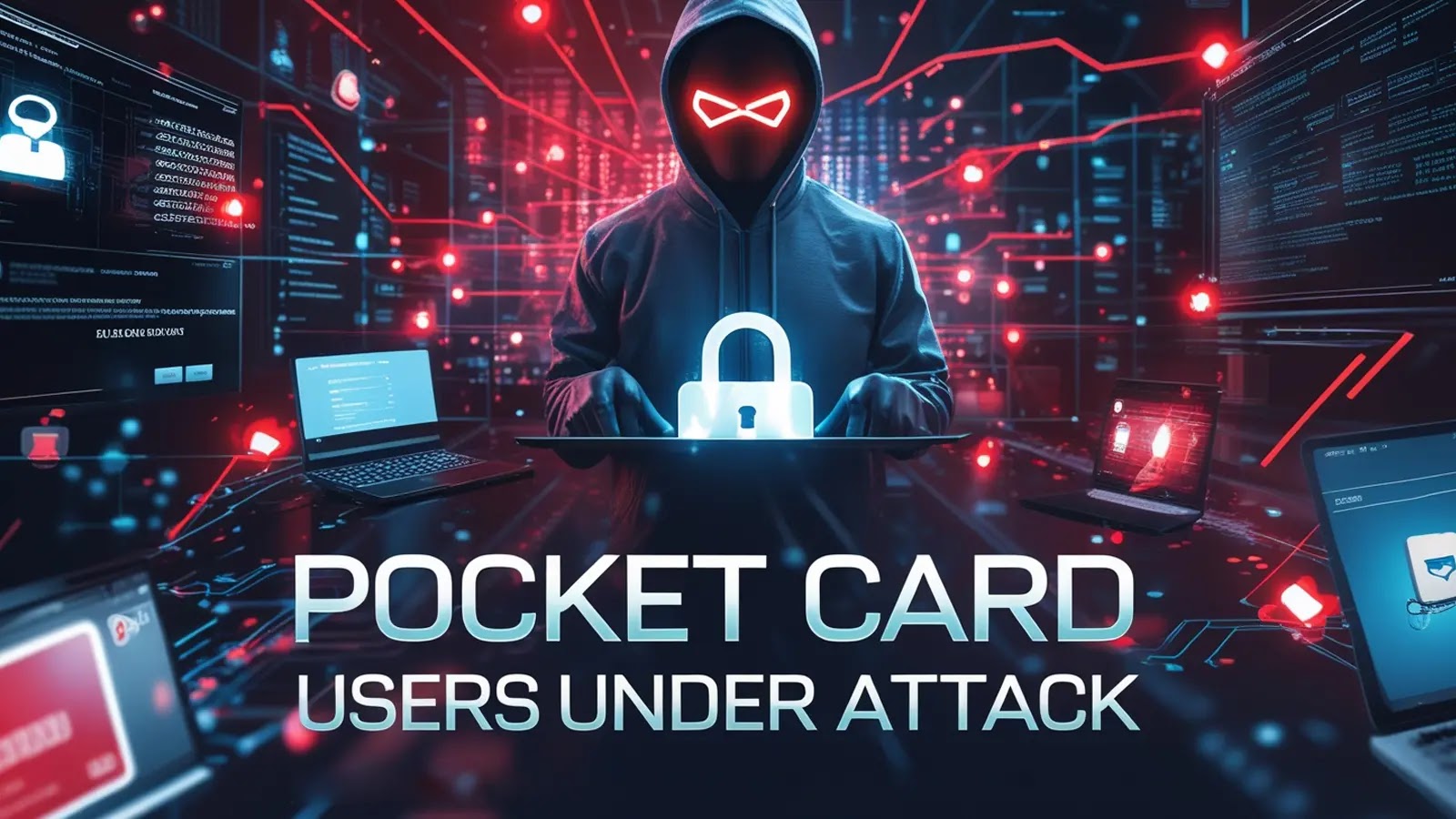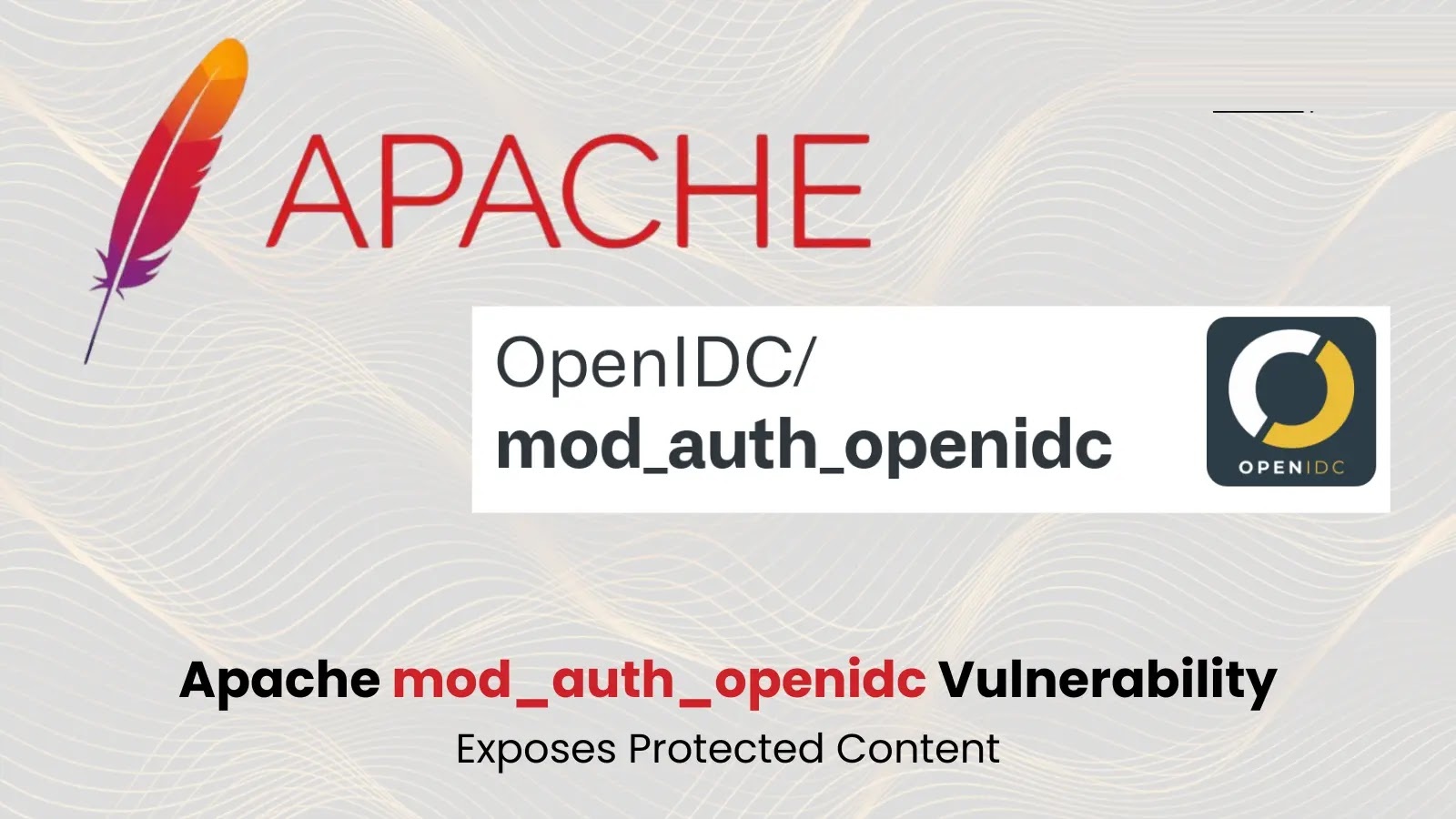In March 2025, a sophisticated phishing campaign emerged, specifically targeting users of Pocket Card, a widely used financial service. This campaign has led to the compromise of approximately 3,000 accounts, resulting in unauthorized transactions and the theft of sensitive credentials.
Tactics Employed by Cybercriminals
The attackers have meticulously crafted emails that closely mimic official communications from Pocket Card. These fraudulent emails often present as security alerts, transaction confirmations, or account verification requests, urging recipients to click on embedded links. These links redirect users to counterfeit websites that are virtually indistinguishable from the legitimate Pocket Card login page. To enhance the illusion of authenticity, these phishing sites utilize SSL certificates, displaying the padlock icon that many users associate with secure websites.
Technical Analysis of the Attack
Upon clicking the malicious link, users are subjected to a multi-stage attack process:
1. Redirection and Credential Harvesting: The initial click triggers a series of JavaScript-based redirects, ultimately leading to the phishing page designed to capture user credentials.
2. Malware Deployment: Simultaneously, a background process initiates a drive-by download, installing a browser extension without the user’s knowledge.
3. Data Exfiltration: This unauthorized extension functions as a form grabber, collecting authentication details from various financial websites. The harvested data is then transmitted through encrypted channels to the attackers’ command and control servers, complicating detection efforts.
Broader Context of Financial Cyber Threats
This incident is part of a larger trend of increasing cyber threats targeting financial institutions and their customers. For instance, in a significant cybersecurity breach, at least 2.3 million bank cards were exposed via infostealer malware and subsequently posted on the dark web between 2023 and 2024. This alarming revelation underscores the escalating threat posed by cybercriminals who are increasingly targeting financial institutions and individual users. The malware, designed to steal sensitive information, has compromised the security of millions of devices, leading to the unauthorized access and potential misuse of personal and financial data. ([ainvest.com](https://www.ainvest.com/news/2-3-million-bank-cards-exposed-cybersecurity-breach-2503/?utm_source=openai))
The impact of this breach is far-reaching, affecting not only the individuals whose cards were compromised but also the financial institutions that issued these cards. The exposure of such a large number of credit and debit cards on the dark web raises serious concerns about the effectiveness of current cybersecurity measures and the need for enhanced protection protocols. Financial institutions are now under pressure to implement more robust security systems to prevent similar incidents in the future.
The dark web, a hidden part of the internet accessible only through specialized software, has become a hub for illegal activities, including the sale of stolen data. Cybercriminals exploit vulnerabilities in software and hardware to infect devices with malware, which then steals sensitive information such as credit card numbers, passwords, and personal identification details. This stolen data is often sold on the dark web, where it can be purchased by other criminals for fraudulent activities.
Over the same period, infostealer malware infected 26 million devices running Windows. The cybersecurity firm says bank card information is stolen in every 14th infection by this type of malware. The most prevalent of the data-thieving malware was Redline, accounting for 34% of the total infections in 2024. Another fast-spreading infostealer is Risepro, which primarily focuses on stealing banking card details and passwords. The most significant surge in 2024 was in infections caused by Risepro, whose share of total infections increased from 1.4% in 2023 to almost 23% in 2024. The Risepro infostealer, which is also targeting cryptocurrency wallet data, is spreading through software cracks, game mods, and key generators.
Implications for Financial Security
The Pocket Card phishing campaign highlights the evolving tactics of cybercriminals who combine social engineering with advanced technical methods to exploit vulnerabilities. The use of domain typosquatting, where attackers register domains with slight misspellings of legitimate sites (e.g., “pocket-card-secure.com” or “pocketcard-verification.net”), further enhances the credibility of their fraudulent communications.
Recommendations for Users
To mitigate the risk of falling victim to such sophisticated phishing attacks, users are advised to:
– Verify Communications: Always confirm the authenticity of emails by contacting the financial institution directly through official channels.
– Avoid Clicking Suspicious Links: Refrain from clicking on links or downloading attachments from unsolicited emails.
– Enable Multi-Factor Authentication (MFA): Implementing MFA adds an additional layer of security, making it more challenging for attackers to gain unauthorized access.
– Regularly Monitor Accounts: Frequently review account statements and transaction histories for any unauthorized activities.
– Keep Software Updated: Ensure that all devices and applications are up-to-date with the latest security patches.
Conclusion
The recent phishing campaign targeting Pocket Card users serves as a stark reminder of the persistent and evolving threats in the digital financial landscape. By staying vigilant and adopting robust security practices, users can significantly reduce their susceptibility to such attacks. Financial institutions must also continue to enhance their security measures and educate customers on recognizing and responding to potential threats.



